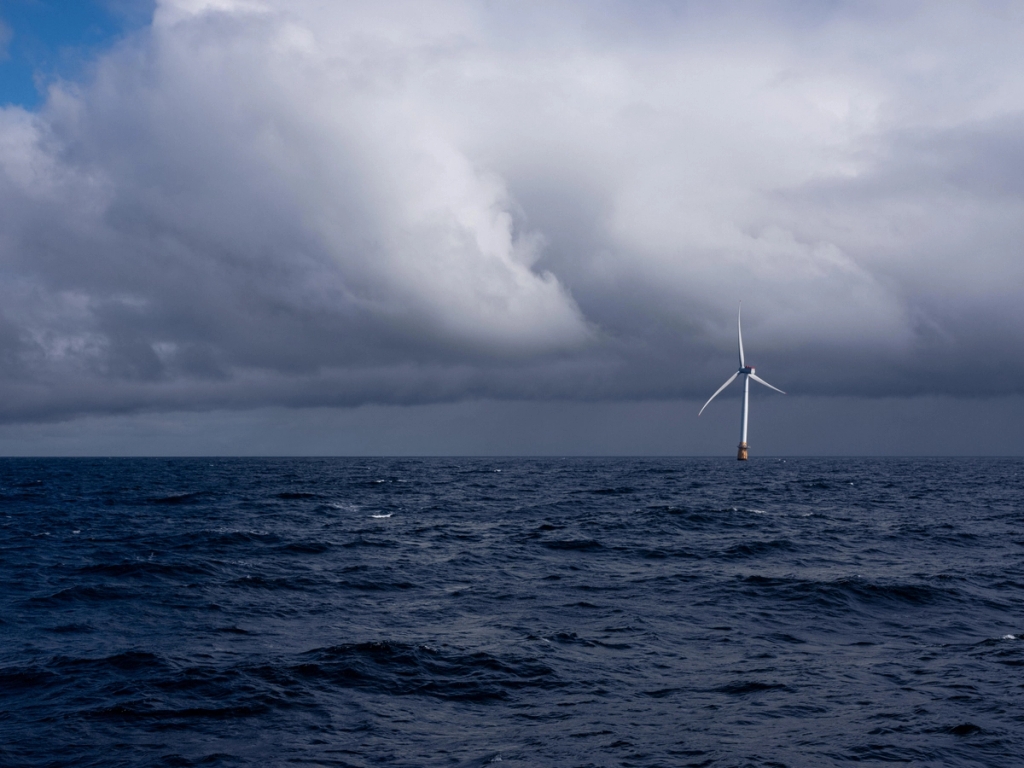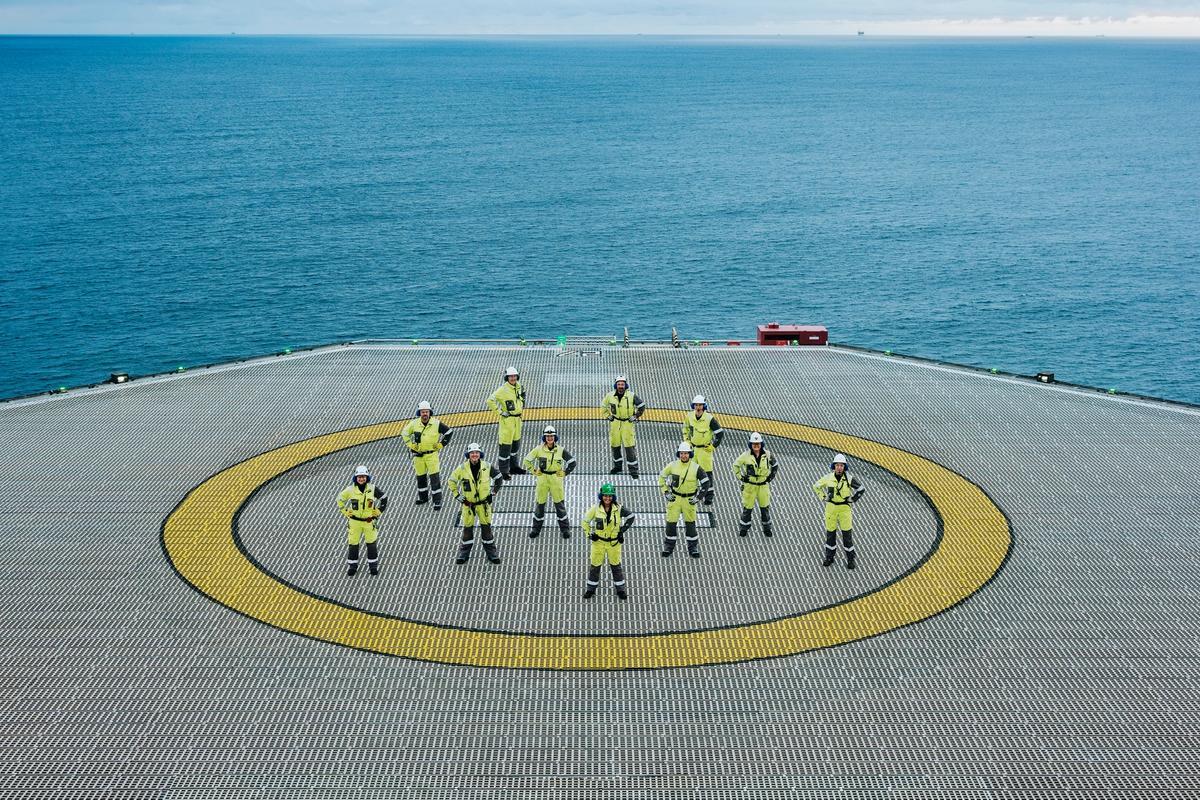21 years ago, a seed was sown to develop floating wind turbines in Norway. Norway and Equinor are now world leaders in floating offshore wind – which will be crucial in the global energy transition.
There wasn’t a single gust of wind this summer night 21 years ago. The annual Færder Regatta had started, and Dag Christensen and Knut Solberg – colleagues at Hydro – were both scouting out over the quiet fjord. Dag placed his eyes on a green buoy, and suddenly his inner engineer woke up.
Imagine if this wasn’t four metres tall, but 100? Then we’d have a floating wind turbine, and we could create offshore wind power!
On this quiet night in the Oslo Fjord, a seed to develop floating wind turbines was sown in Norway. Dag and Knut didn’t give up on the idea – and they were blown away when they later retrieved wind data from the North Sea.
From idea to prototype
The data showed that Norway could become a major force in offshore wind. Floating offshore wind could offer great opportunities, as about 80 percent of the world’s offshore wind resources are located in areas where the water is too deep to place turbines on the seabed.
Later, more people got involved in the development of floating wind power – even though many believed it would be challenging to realize, both technically and financially. In collaboration with Aker Solutions, among others, a prototype was built.
From Karmøy to Trollvind
In 2009, outside the island of Karmøy, a single floating wind turbine produced power for the first time in history. Since then, Equinor has become the world leader in floating wind. Together with our partners we built Hywind Scotland – a ground-breaking project outside Peterhead, a fishing village in the far north on the British Isles.
Today, even bigger things are about to happen: Equinor and partners are building Hywind Tampen, the world’s largest floating offshore wind farm. When the park starts producing electricity, it will supply the Snorre and Gullfaks fields with renewable power.
The next scale-up – Trollvind – is now being planned and could be ready as early as 2027. Trollvind aims to be over 30 times the size of the Scottish wind farm and can provide renewable power for offshore installations in the North Sea and onshore industry.


